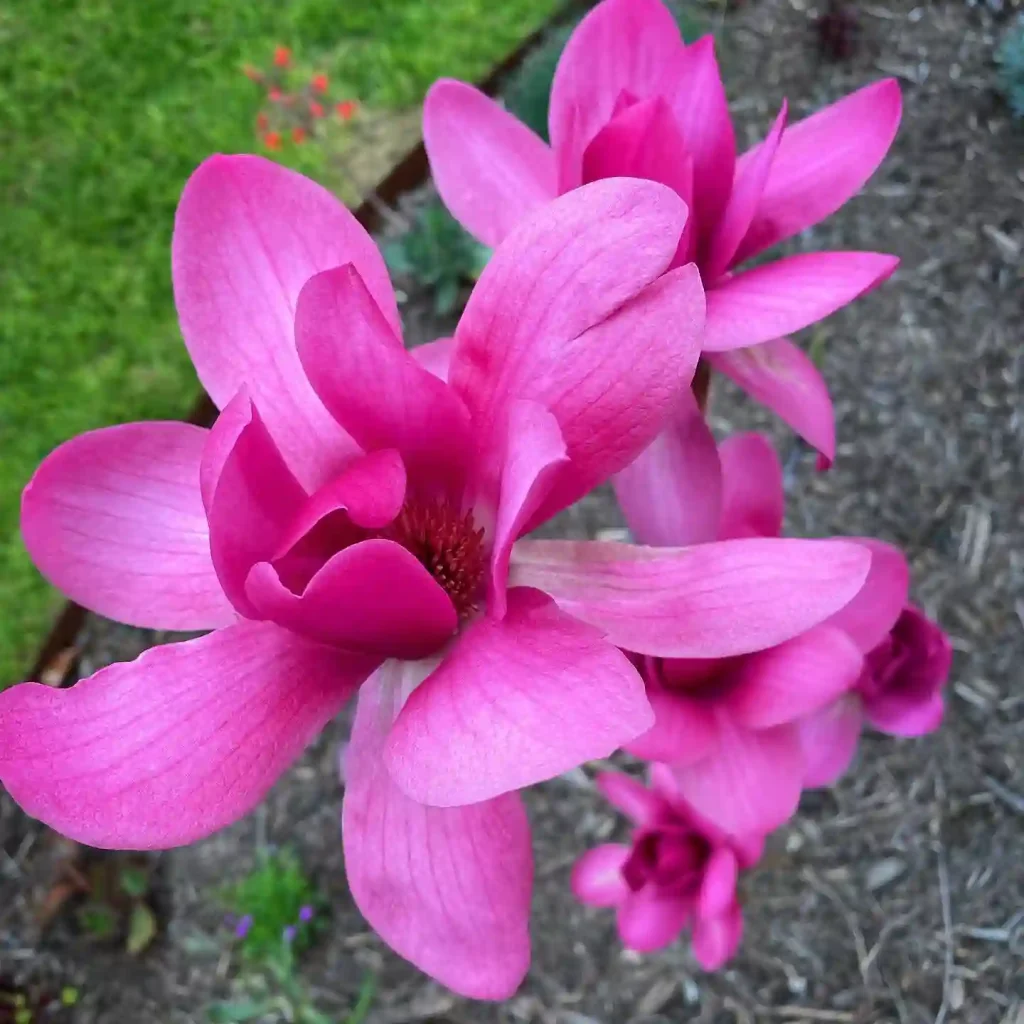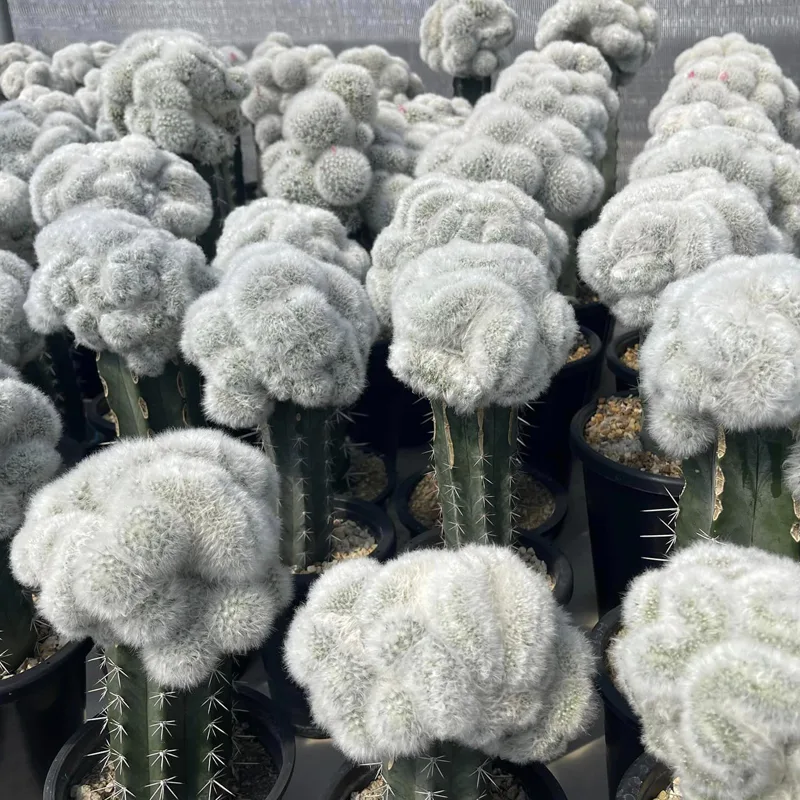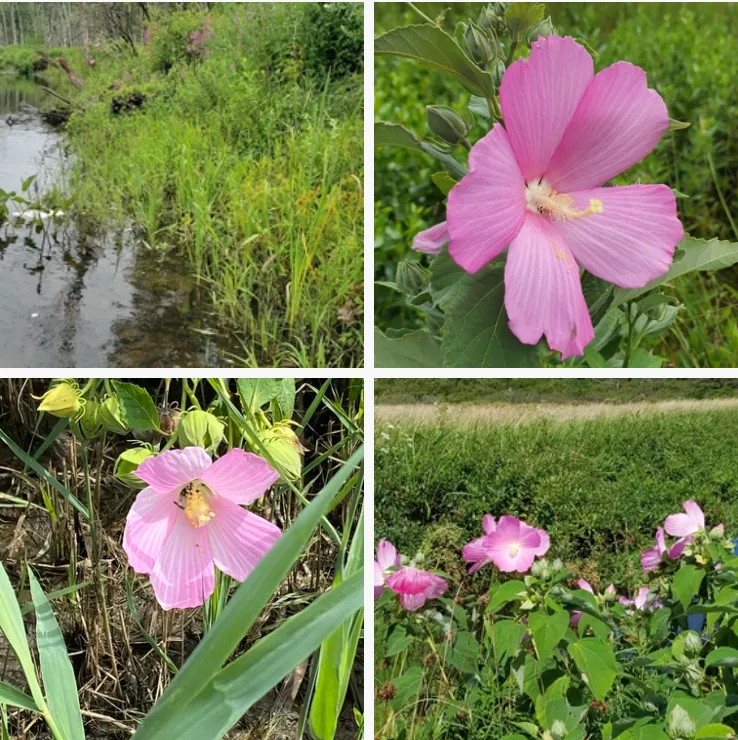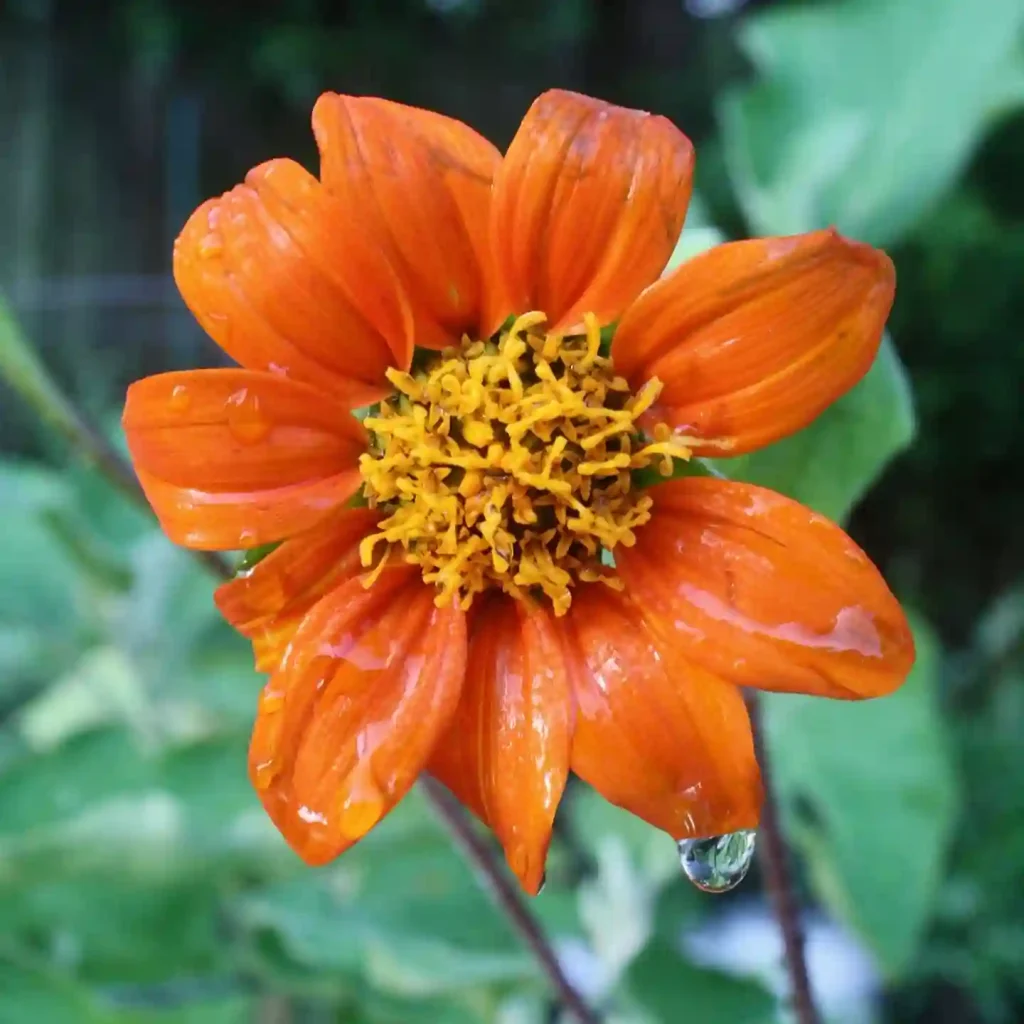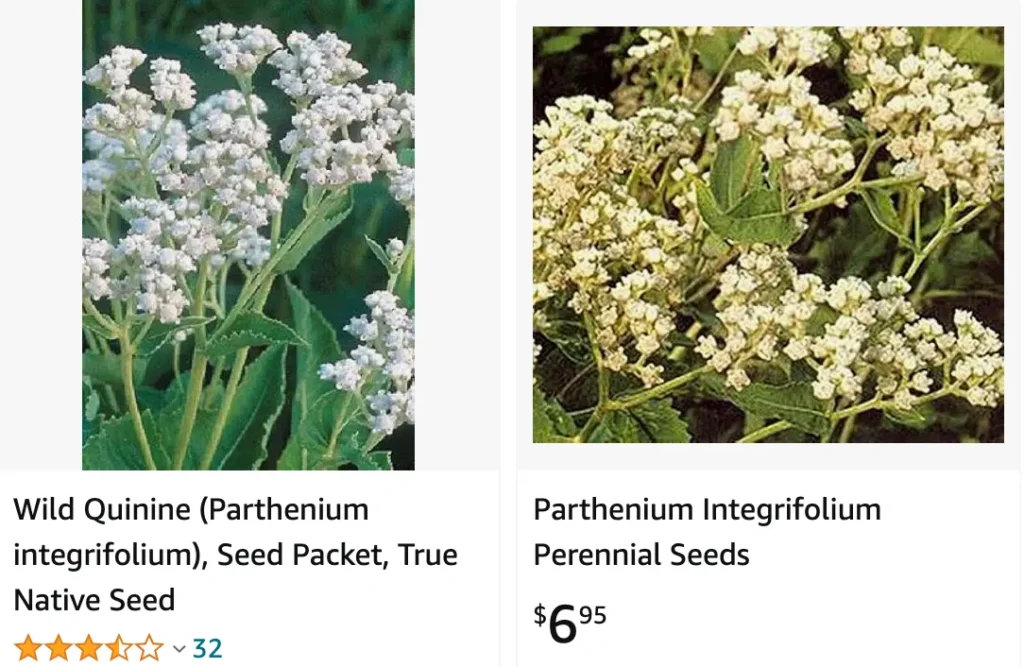
Unveiling Parthenium Integrifolium: A Midwestern Charmer
For years, I’ve been captivated by the resilience of native wildflowers. They weave a tapestry of color and life throughout the seasons, requiring minimal intervention to thrive. Recently, Parthenium integrifolium, also known as wild quinine or American feverfew, caught my eye. This Midwestern native boasts a captivating display of white flowers and possesses a historical connection to herbal remedies. Intrigued, I delved deeper to understand its characteristics, care requirements, and potential role in my own garden.
19 Species in Genus Parthenium
Where Does Wild Quinine Shine?
Parthenium integrifolium is a perennial herb native to the eastern and midwestern regions of the United States. It flourishes in dry prairies, glades, and open woodlands, showcasing its adaptability to diverse growing conditions. This easy-going wildflower typically reaches heights of 3-4 feet, forming a handsome clump with its bold, basal leaves.
Does Parthenium Integrifolium Have a Red Stem?
While the foliage boasts a vibrant green hue, the stems of Parthenium integrifolium are typically a light green or brown. There are no documented varieties with red stems.
Unveiling the Allure: Flowers and Fragrance
The true showstopper of Parthenium integrifolium lies in its captivating blooms. From June to September, the plant produces clusters of flat-topped flower heads. These boast numerous white ray florets surrounding a central cluster of yellow disc florets, creating a striking contrast. While the fragrance of Parthenium integrifolium is mild, it attracts a variety of pollinators, including bees, wasps, and beetles, adding a touch of life and movement to your garden.
Beyond Beauty: A Historical Connection
The common name “wild quinine” hints at a historical use of Parthenium integrifolium. The leaves were once brewed into a tea believed to help reduce fevers, similar to the medicinal properties associated with cinchona bark, the source of true quinine. However, it’s important to note that the effectiveness of Parthenium integrifolium for medicinal purposes hasn’ t been extensively studied, and consulting a healthcare professional is always recommended before using any herbal remedy.
How to care for Parthenium Integrifolium?
If you’re looking for a low-maintenance wildflower that adds a touch of prairie charm to your garden, Parthenium integrifolium is a fantastic choice. Here’s what you need to know:
- Sun Exposure: This wildflower thrives in full sun, receiving at least 6-8 hours of direct sunlight daily.
- Soil Preference: While adaptable, Parthenium integrifolium prefers well-drained soil on the drier side. Amending your soil with sand or gravel can improve drainage if needed.
- Watering: Once established, Parthenium integrifolium is drought-tolerant and requires minimal watering. Deep watering during prolonged dry spells is sufficient.
- Planting and Care: Planting can be done in spring or fall. Space plants 18-24 inches apart and deadhead spent blooms to encourage continuous flowering.
Perfect Partners for Wild Quinine
Parthenium integrifolium blends beautifully with other native wildflowers. Here are some ideas for companion plants:
- Purple coneflower (Echinacea purpurea): Adds pops of vibrant purple alongside the white blooms.
- Black-eyed Susan (Rudbeckia hirta): Creates a cheerful display of yellow and black.
- Little bluestem (Schizachyrium scoparium): Provides textural contrast with its feathery blue foliage.
- Butterfly milkweed (Asclepias tuberosa): Attracts butterflies while adding a unique flower form.
A Sustainable Choice
By incorporating Parthenium integrifolium into your garden, you’re not just adding beauty, you’re also supporting the local ecosystem. This native wildflower provides vital food and habitat for pollinators, contributing to a healthy and thriving garden environment.
The Allure of the Native
Parthenium integrifolium has captivated me with its simple elegance and historical intrigue. It’s a testament to the beauty and resilience of native wildflowers. As I introduce it to my garden, I’m not just adding a splash of color, but also creating a haven for pollinators and fostering a connection to the natural heritage of the Midwest.
If i die, water my plants!
